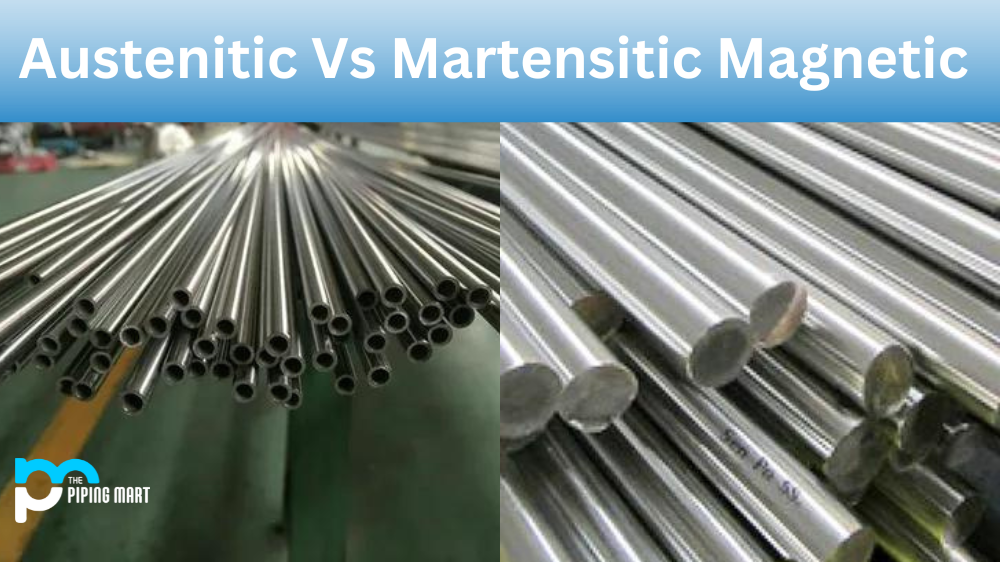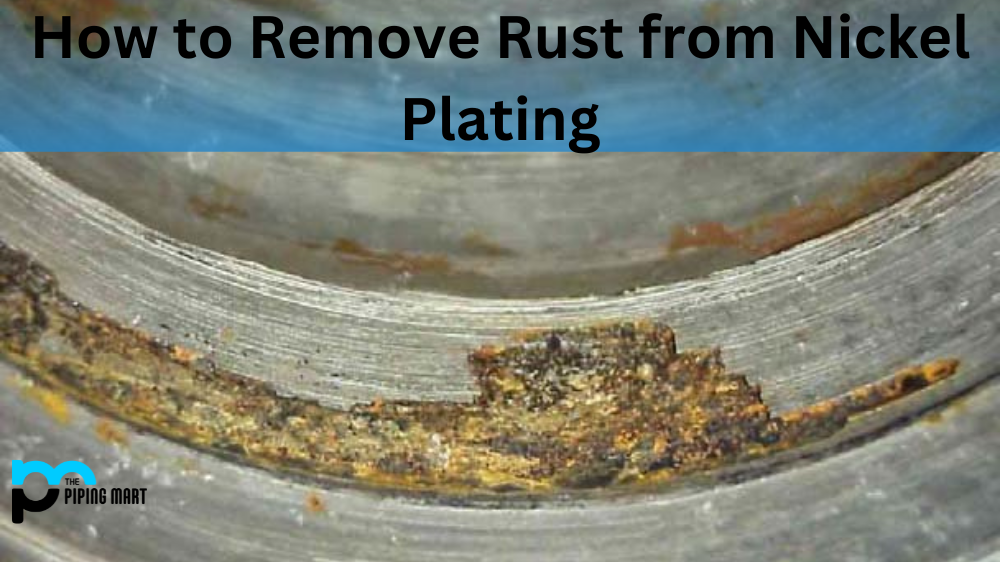When using magnetic materials for industrial applications, it’s important to understand the differences between austenitic and martensitic magnetic materials. Both are types of ferromagnetic material that can be used to create magnets with different properties. Still, each has its own unique set of characteristics that make them suited for specific uses. This blog post will look at the difference between austenitic and martensitic magnetic materials and explore how they can be employed in various industries.
Austenitic Magnetic Materials
Austenitic magnetic materials are characterized by low coercivity (the ability to resist demagnetization) and high permeability (the ability to conduct magnetic flux). These features make them ideal for transformers, inductors, electric motors, sensors, and more. Austenitic magnets are also relatively easy to machine and have excellent corrosion resistance due to their chromium-nickel alloy composition. The mechanical properties of austenitic magnets can also be tuned by adjusting their heat treatment process. For example, increasing the temperature during the heat treatment process will increase the magnet’s strength while decreasing its ductility.
Martensitic Magnetic Materials
Martensitic magnetic materials are characterized by their high coercivity, making them ideal for permanent magnet applications such as generators, actuators, motors, pumps, relays, and more. In addition to their coercivity, martensite magnets also have higher energy production values than other magnets due to their high magnetocrystalline anisotropy (the degree of preferred orientation within crystallographic planes). Although martensite is not as easily machinable as austenite due to its brittle nature, it is still commonly used in many industrial applications thanks to its superior performance in terms of coercivity.
Difference Between Austenitic and Martensitic Magnetic
- Austenitic magnetic materials have a non-magnetic crystal structure at room temperature. The most common austenitic magnetic materials are the stainless steels, which contains iron, chromium, and nickel. These materials are used in various applications where corrosion resistance is required, such as food processing and medical implants.
- Martensitic magnetic materials have a body-centred cubic crystal structure at room temperature. The most common martensitic magnetic material is carbon steel, which contains iron and carbon. These materials are used in various applications where high strength and hardness are required, such as in cutting tools and gears.
- Austenitic magnetic materials are generally more corrosion-resistant than martensitic magnetic materials. This is because the austenitic crystal structure is more stable than the martensitic crystal structure. Additionally, austenitic stainless steels typically contain higher levels of chromium and nickel, further increasing their corrosion resistance.
- Martensitic magnetic materials are generally harder and stronger than austenitic ones. This is because the martensitic crystal structure is less stable than the austenitic crystal structure. As a result, martensitic steels can be heat treated to achieve very high strength and hardness levels.
- Austenitic magnetic materials are typically more expensive than martensitic magnetic materials. This is because they contain higher levels of chromium and nickel, which are both more expensive elements than iron and carbon.
Conclusion:
So which type of magnet should you use for your application? It really depends on what you need from your magnet; austenite is better suited for low-coercive applications, while martensite is better for high-coercive applications such as permanent magnets or electromagnetic actuators. Additionally, suppose you need a strong corrosion-resistant material. In that case, austenitic may be a better option than martensite since it has a higher chromium content, providing additional protection against corrosion. Ultimately, your choice should depend on your application’s specific requirements of your application so make sure you do your research before deciding on a material!

A passionate metal industry expert and blogger. With over 5 years of experience in the field, Palak brings a wealth of knowledge and insight to her writing. Whether discussing the latest trends in the metal industry or sharing tips, she is dedicated to helping others succeed in the metal industry.




